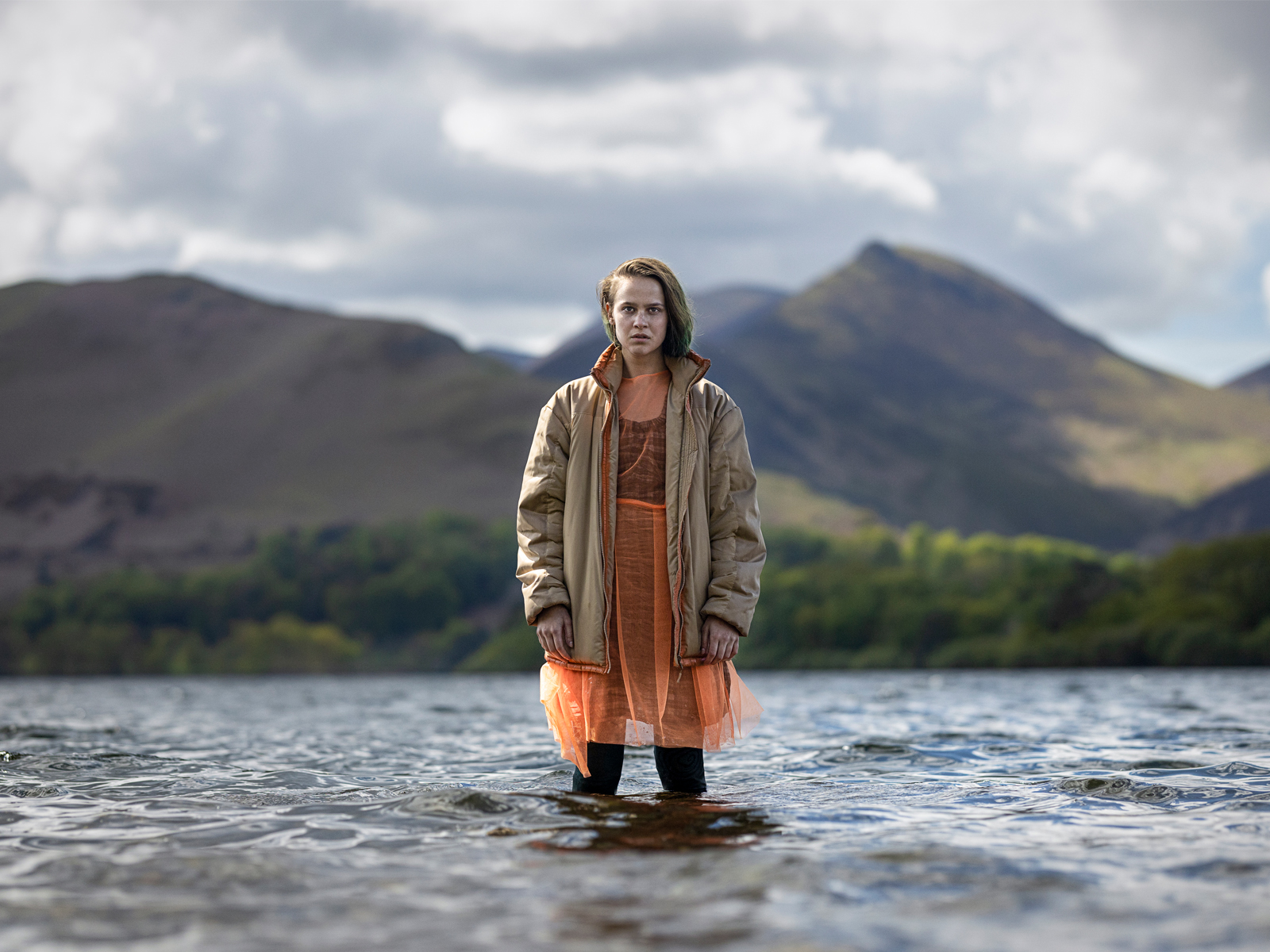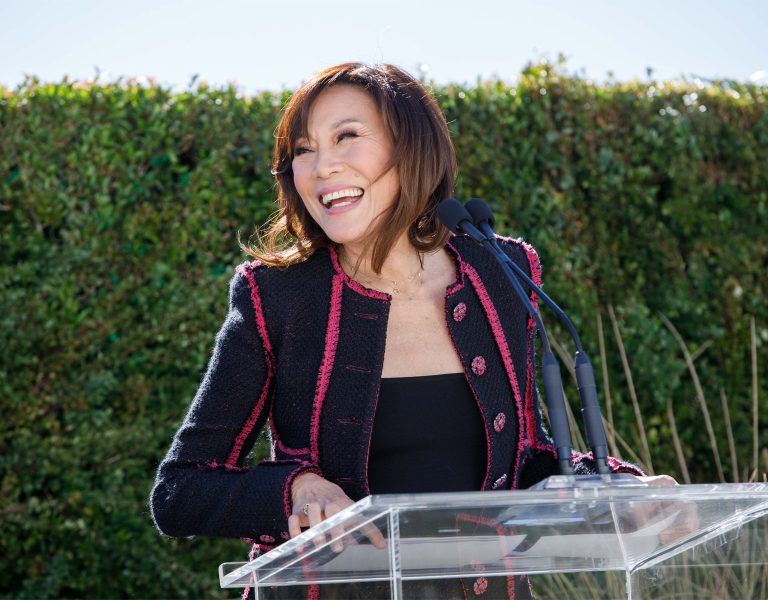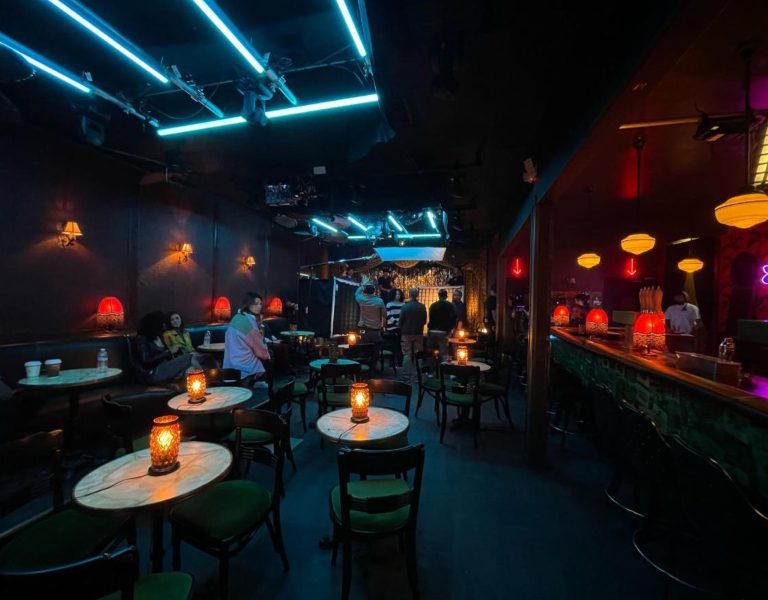
You’re no stranger to shooting shows with a supernatural element, having worked on 42 episodes of Merlin. Are there any similarities you found between the two shows?
I’ve done shows like Merlin and Atlantis and originally I was a camera operator on Hercules and Xena and Young Hercules in the ‘90s, but the big thing for me as a cinematographer is that I like the material. You’re not really filming it using a different method particularly, although things are more heightened at times in this, but this is the type of material that I would watch myself. I really enjoy doing genre material. I like The Rising’s style, which is a little bit similar to In The Flesh in that it is a real world with a supernatural element to it, not a completely fantastical fantasy land, which I also like doing too. I like this mixture where it is almost a magical realism quality that’s not entirely fictitious.
Ed Lilly and I discussed that, although it is a genre piece, trying to make it as real as possible was the best way to connect to the main character, Neve. We didn’t want it to be a spooky ghost story. What drew us to the script initially was that it was more about this weird loneliness that this person might be experiencing, being in the world with everyone but removed from everyone. We all know what it’s like to be lonely, but this is like the worst possible case where no one can hear you and you can’t hug anyone. So, it was always trying to retain that realism in the story to ideally get across that feeling of isolation that Neve might be feeling before other things start to happen.

There are extraordinary, emotional moments where Neve tries to touch Maria’s hand and actually holds her own hand in the mortuary.
Those are really key moments. There is the moment on the landing in the house where her brother, Max, feels her presence, also when Neve touches her own hand and tries to touch her mother. We shot those in very particular ways. Ed had very clear rules about what he wanted to do. Whether we would be an over-shoulder on one person or not on another. We could be over Neve’s shoulder, but we couldn’t be over another person’s shoulder to her because they are not in the same world. We did do tricks visually to separate her away from other people.
We had other tricks as well. We essentially used the lenses two different ways by changing the formatting of the camera. In Neve’s world she was in an 8k super-high-definition wider view of the world. She had more landscape around her, which meant we had to actually film closer to her for the same sized shot. You were bringing her forward from the background. Whereas with most other people we shot them in Super-35 so the camera was a bit further away and a little more naturalistic like you would expect to see in a film or documentary. That’s quite subtle but those are the sort of things you try to add, and you just hope that it imbues a vibe to the audience.
We did try different styles of shooting. When shooting the ‘normal’ people most of it was hand-held. Whilst with Neve we tried to use the dolly and Steadicam style so that her world was a little more driven and deliberate with her in the middle. It was making it smoother. Again, putting that disquieting sense of calm and isolation into her shots and then the more rugged kind of movement and more documentarian style of reality for everyone who is actually alive. Then we would choose when to not do that as well. Once we set up those rules, we would also then break them at times to connect her with someone.

Are those things that you would discuss at all with the actors, or would that be a distraction to their performances?
I try to not distract actors with things like that if possible. Part of my job is to protect the cast members from things becoming too technical so that they can feel the reality of the moment. I shot Tin Star with Tim Roth who is very much an actor who likes the moment to feel as real as possible. It was a really good lesson for me about setting up the environment and the set for that person so that ideally you don’t even have the crew in the way. If you can put them in another room entirely and operate the camera remotely all the better. With someone like Tim Roth you can really create a 360-degree world so that they don’t feel like they’ve got a crew of people picking their noses watching them. I think those sort of feelings to give the cast are really important, to give them the freedom to not feel like they are doing it too many times and not feel like it’s too technical. We try to get it quickly and move on.
Was it important for the mortuary scene to have as few crew present as possible?
I think in Covid times we’ve had smaller crews anyway. That’s been intentioned to never have anyone extraneous on set with everyone having to be tested. But at the same time Clara is such an incredible performer we didn’t have to actually consider that. She is so good at being in her moment. The morgue in particular was a very busy, very full couple of days of work to shoot so the bigger problem was getting through the material. So, although it is a very disquieting environment when you watch it in the show it was an extremely busy, furious, well-planned, complicated thing to do. Clara is in two different places. She is in two different types of makeup. She is looking at herself. She is in shots together with herself. You are almost shooting scenes twice because there are other people in the room and they can’t see her, so you should do the scene with and without her.

What were the most challenging days logistically in terms of weather and access?
We had beautiful woods that we filmed in in the Lake District that really didn’t look like anything we could find closer to Manchester where the rest of the show was filmed. It was worth it for us to be up there to get the look of those woods, but it rained all day long. They were very long days of us standing in wet weather gear in the rain and just getting through as much as we could. On the lake shore itself, that was over two days, which made that difficult because you have different weather, different light. So you’re trying to match material that is meant to be continuous over a couple of days filming. You are very much exposed to the elements. We couldn’t get huge bits of equipment down there to control the light, so you really had to just go with it and make it work.
How was shooting the motocross?
The motocross was the other very challenging thing because we worked very hard to build those action sequences to make them as visceral and real as possible and place Neve front and centre in that race. We watched a lot of material of other motocross races and most of the time there’s a camera on the side-line just panning as the bikes go by, which we did but we tried to do more than that. We shot Clara virtually against an LED screen but then we had to actually get the shots that were in the race to put behind her. It turns out that that is very difficult because the forces that are going through those bikes when they are actually doing a race and jumping are extreme, to the point that it did break some equipment. I think we ended up with something that we are really happy with. It’s got a bit of spectacle. It’s got a bit of action and it also felt like Neve was actually doing it, which is really the point of it.

Do you like to do as much in camera as you can where possible?
Yes, where budget and time allows. With this story it didn’t want to be ghostly apparitions or people floating in space. It was very much a person in the world – a little more like a parallel universe. The two worlds are just nudged up against each other with the barest of veils in between them. We tried to make the visual effects quite subtle. In particular we had the wonderful party sequence where you are using lots of flashbacks and lots of light. A lot of our story was telling her memory of things, not so much about spookiness and magical powers.
Do you have a favourite character that perhaps has less screen time?
I really feel like the story is Neve’s story. I really liked Maria because I like Emily Taaffe a lot and we’ve worked together on a couple of projects before. I also liked Rebecca Root’s character as well because she is very straightforward. I really liked the way she played that cop. It was a little unexpected. I really liked the matter of fact-ness of it amongst this other genre material. It was really nice to work with her as well.

As a transgender woman working as a cinematographer and Rebecca Root as a trans woman working as an actor, did you have time to talk?
As a trans woman it’s kind of interesting because I am very open about it and it’s all good for me, but I also don’t want to make it the front and centre of my life as far as being a cinematographer goes. I know that she would feel the same. She was there to be an actor, so it was basically respect her as an actor and treat her as such. But at the same time, we had a hug and a nod and a wink to each other because we do have a shared experience.
What changes can you see in the industry?
As far as the industry goes, I have to say that on the whole it has been fantastic. I was very worried about coming out as trans and transitioning in my job. It turns out I needn’t have worried really. People have been really wonderful on the whole and the people that haven’t, it’s more been a case of understanding and once they get to know me in my job as DP they realise I’m still a DP. It’s still the same person telling them what to do. (laughs) If anything it has given me a greater perspective on my job and people, humanity, and gender. The more varied experience of my own life can only help feed into my experience of telling humanity’s stories, which is really what I consider it to be my job to do.
I think the industry itself has improved. The type of stories we can tell as it becomes more diverse become more interesting because there are just more stories to tell. It’s still got a long way to go. There is only probably me and two other trans DPs, one I know of in Canada who is lovely. The industry has a long way to go to be truly diverse. but I know the film industry wants to change and it is changing quickly. That can only be a good thing. It’s already better. The next generation of people coming in as junior technicians it’s great to see the differences and the variety of experience and identity that we’re getting.
What do you hope audiences take away from this show?
I hope they can strongly identify with Neve’s predicament. The thing that drew me to the script in the first place was oh my God what would this be like? To just be stuck like this where you don’t know what the rules are, you don’t know what’s going to happen to you. Are the people that Neve loves just going to wither in front of her over the years? Is she just going to be stuck there? She could probably go anywhere but how fun is that when you are completely on your own?
The Rising comes to Sky Max 22 April, with all episodes streaming on NOW.

















